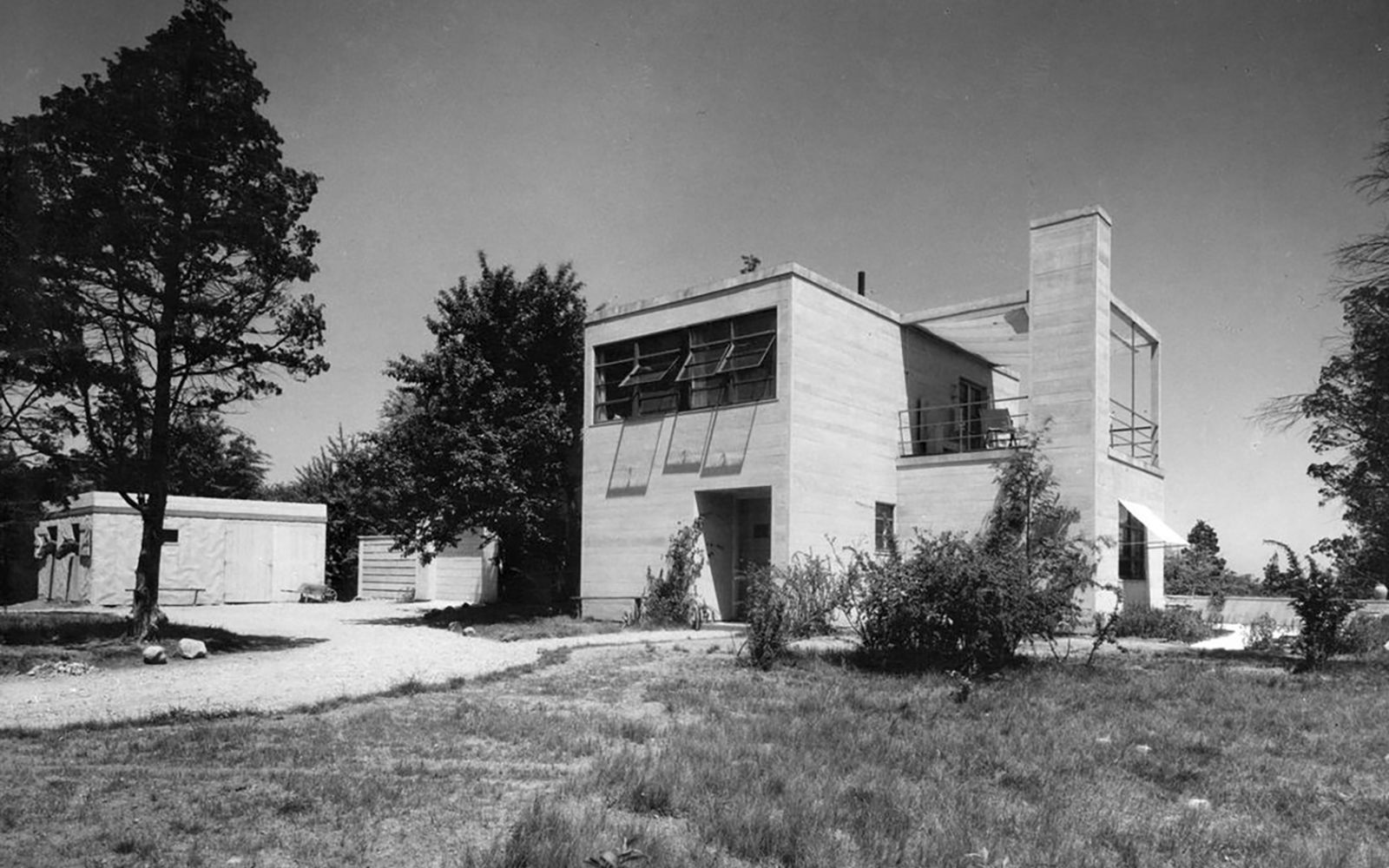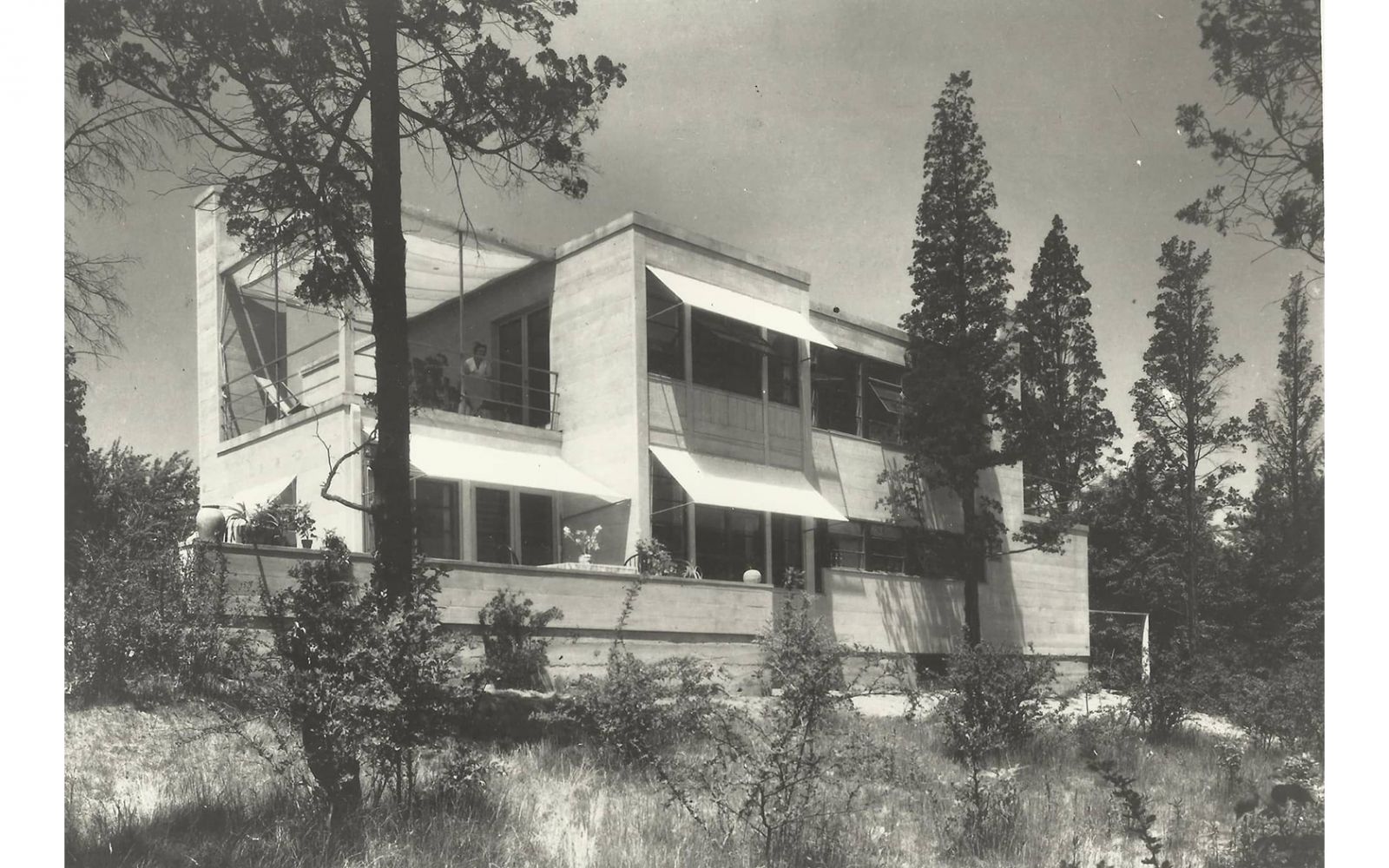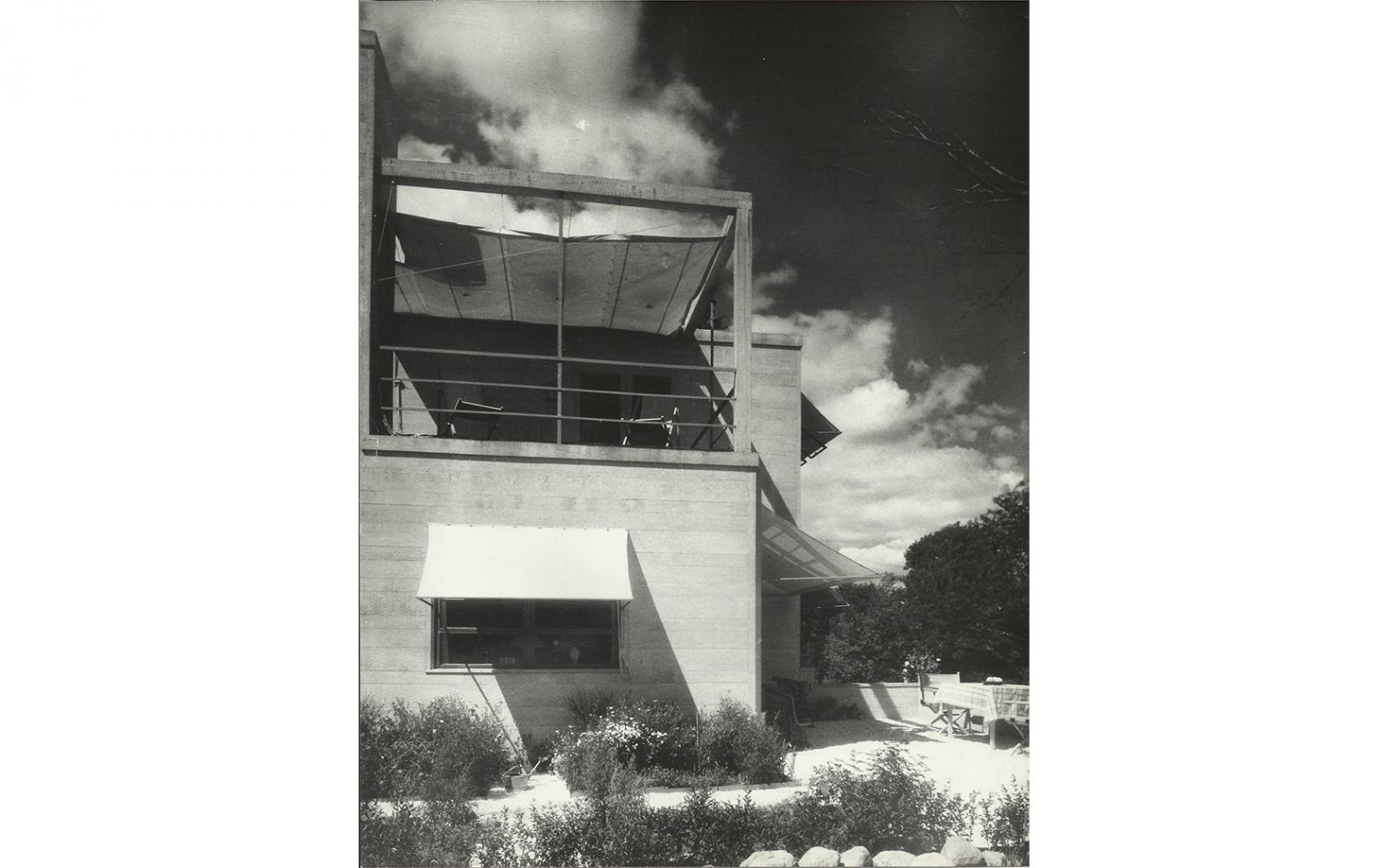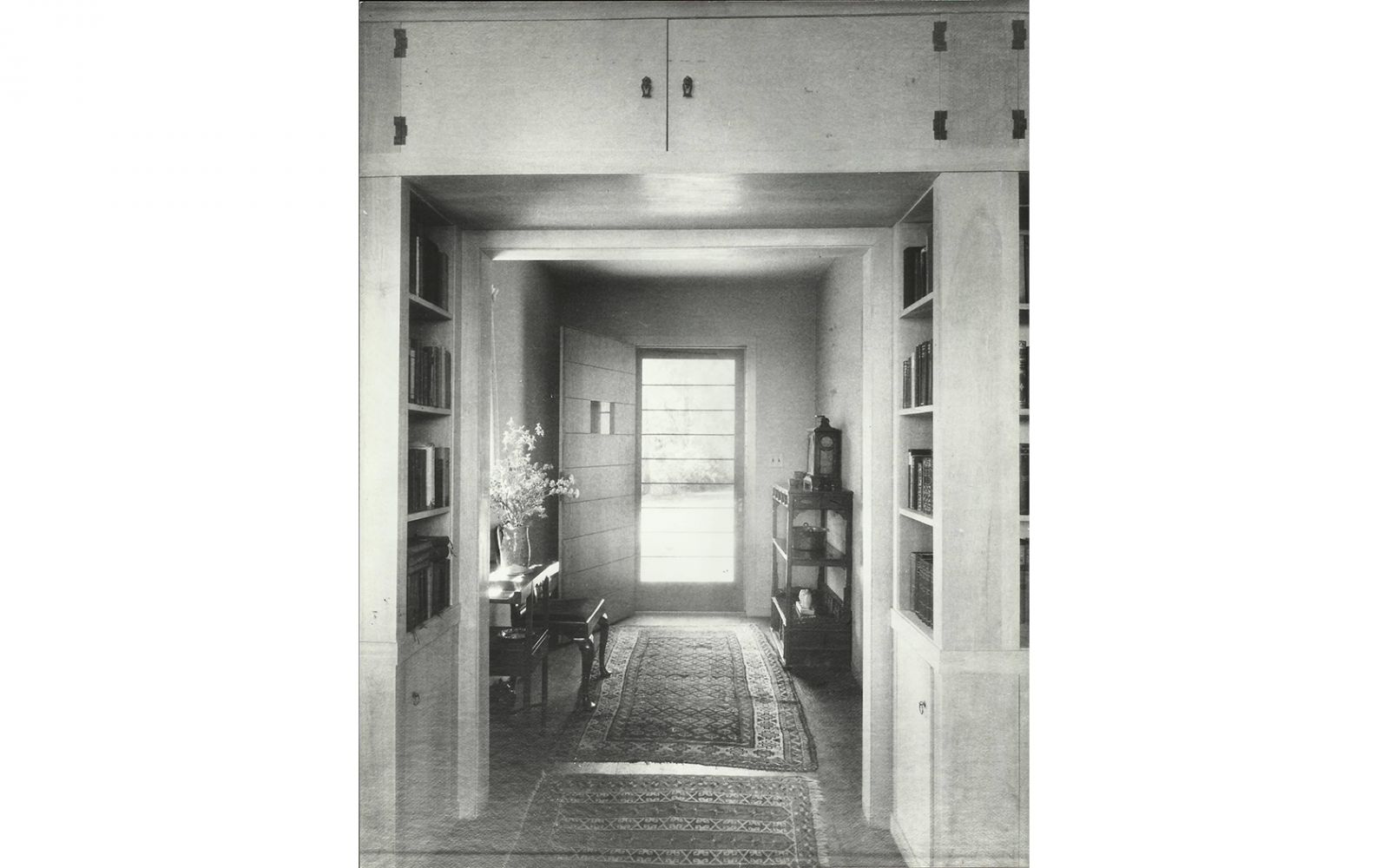Rachel Raymond House
Architect: Eleanor Raymond
Year of completion: 1931
Location: Belmont, MA, USA
Demolished: 2006
Latest update 12 December 2019
Rachel Raymond House
Cited by Architectural Forum at the time of its construction as the first true modern house in New England, and one of the earliest in the United States, the Raymond House is a signature work of one of the most prominent American woman architects of the 20th century. Raymond, who was an early advocate of the principles of European Modernism, created a masterful blend of local tradition and the avant-garde in a unique, regionally appropriate contemporary residence. Although substantially altered in building campaigns of the 1950s, ‘70s and ‘90s, it retained its charm and many of its character defining features and was eminently restorable.
Latest News
Docomomo-US.org, 23 October 2006.
RACHEL RAYMOND HOUSE: Demolished
From the Recent Past Preservation Network: "One of the most important modernist houses in all of New England is threatened with imminent demolition (A bulldozer on the lawn!). The Rachel Raymond House (1931) on Park Avenue in Belmont, Massachusetts, was recently purchased by Belmont Hill School, a private school for boys. It intends to clear the site. Eleanor Raymond (1887-1989) designed the house for her sister after a 1930 trip to Bauhaus in Germany with her partner, House Beautiful editor Ethel Brown Power (1881-1969). Architectural Forum in 1931 declared the house as "probably the first modern house in Massachusetts." Eleanor Raymond graduated from Wellesley College (1909) and the Cambridge School of Architecture and Landscape Architecture for Women (1919). Among her other innovative designs were houses made of plywood and Masonite, and the Peabody Sun House (1948), a pioneering solar power design. She enjoyed a long career in Boston, primarily designing residences for clients who were women. The Rachel Raymond House appears as Fig. 235 in Built in Boston by Douglass Shand-Tucci, and at this Harvard website. Published works on Raymond include a biography by Doris Cole (1981) and a brief catalogue by the Institute of Contemporary Art (Boston), as well as a recent Boston University Ph.D. dissertation by Nancy Beth Gruskin. All these sources confirm the importance of the house.
Significance
David Fixler, President of DOCOMOMO-US/New England, wrote a recent op-ed about the house: "The house is important for many reasons; its sophisticated relationship to the local topography and landscape, its iconic modern form, and the fact that it was designed by a woman, one of the most significant American woman architects of the early and mid-twentieth century. In the 1970s its exterior was substantially altered, though much of the essence of the house - including the major interior spaces and its relationship to the landscape has remained - and it could easily be restored." Please direct polite protests to Richard Melvoin, the Headmaster of Belmont Hill School, at melvoinr@belmont-hill.org. Explain the importance of the house nationally. Copy your responses to J. Christopher Clifford, Chair, Board of Trustees; and Roy F. Coppedge III and Carl J. Martignetti, Co-Chairs, Development Committee, Belmont Hill School, 350 Prospect Street, Belmont, MA 02478. Belmont Hill has been a preservation champion in the past, moving an 1840 church threatened with demolition to its campus for reuse as Hamilton Chapel.
(PHOTO: Courtesy of Doris Cole from her book, Eleanor Raymond, architect (Philadelphia: The Art Alliance, 1981 Demolition photo courtesy of Marilyn Fenollosa, photographer.)
Source: Docomomo US, 23 October 2006
Threat
Kevin D. Murphy, Vanderbilt University:
“Preservationists are still waiting for something positive to come from the demolition of the house that architect Eleanor Raymond designed for her sister Rachel. Today, photographs are all that remain of the pioneering, modernist Rachel Raymond House, which was built in Belmont, Massachusetts, a suburb of Boston. Raymond was a graduate of Wellesley College and received her professional training at the Cambridge School of Architecture, an all-women’s design school founded in the early 20th century. The Rachel Raymond House is important example of how American architects incorporated aspects of European modernism into their own work. Inspired by European luminaries Le Corbusier and Mies van der Rohe, Raymond’s home featured abstract, geometric blocks. She employed flat roofs, metal railings and steel sash windows – modernist elements that were virtually unheard of in early 1930s American homes. Yet the house is no more.”
Source: Smithsonian.com
Five Architects on the One Building They Wish Had Been Preserved
Literature
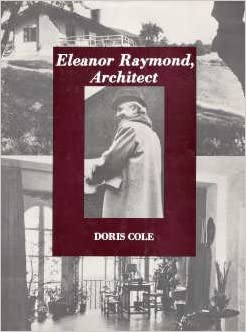
Eleanor Raymond, architect
Doris Cole
1981
Buy the book
Rachel Raymond House
Eleanor Raymond
1931, USA
